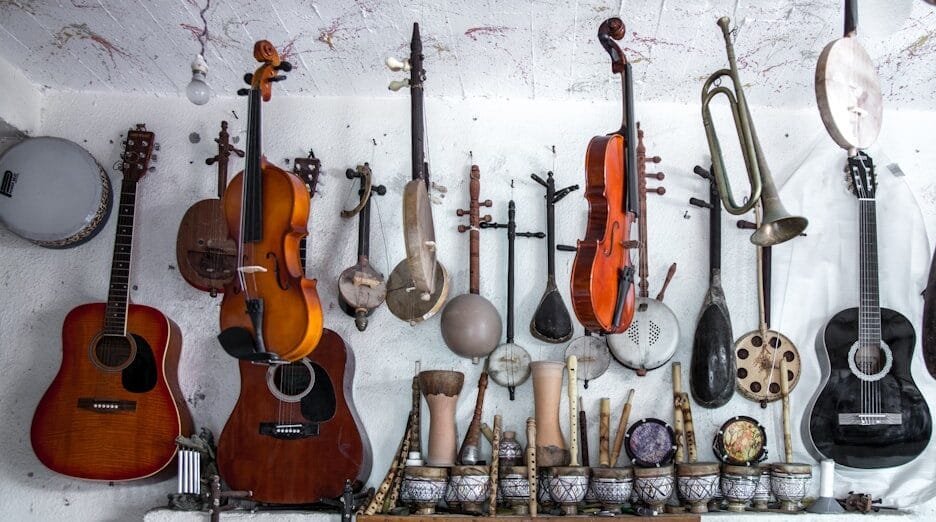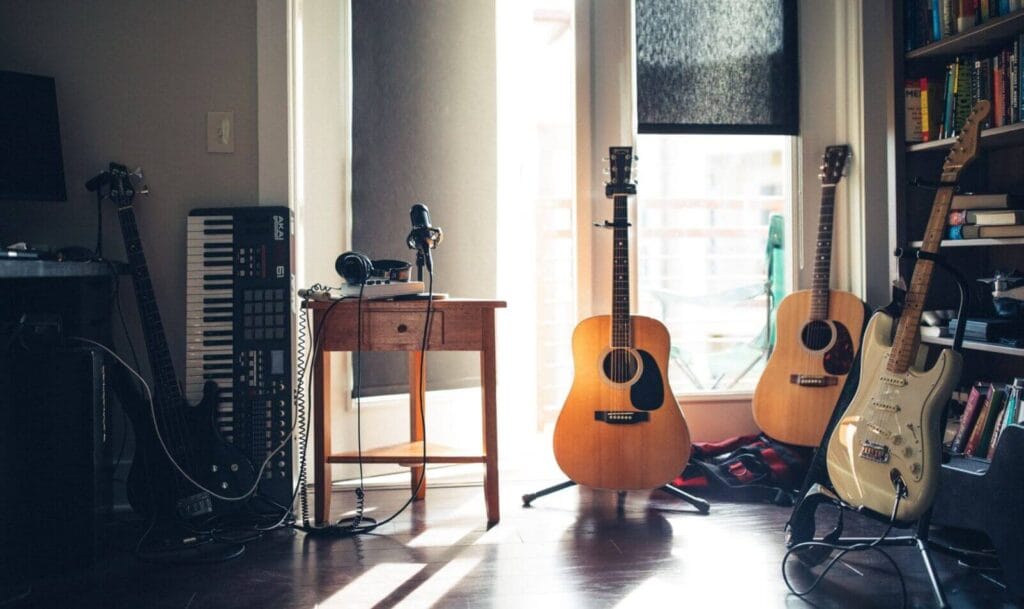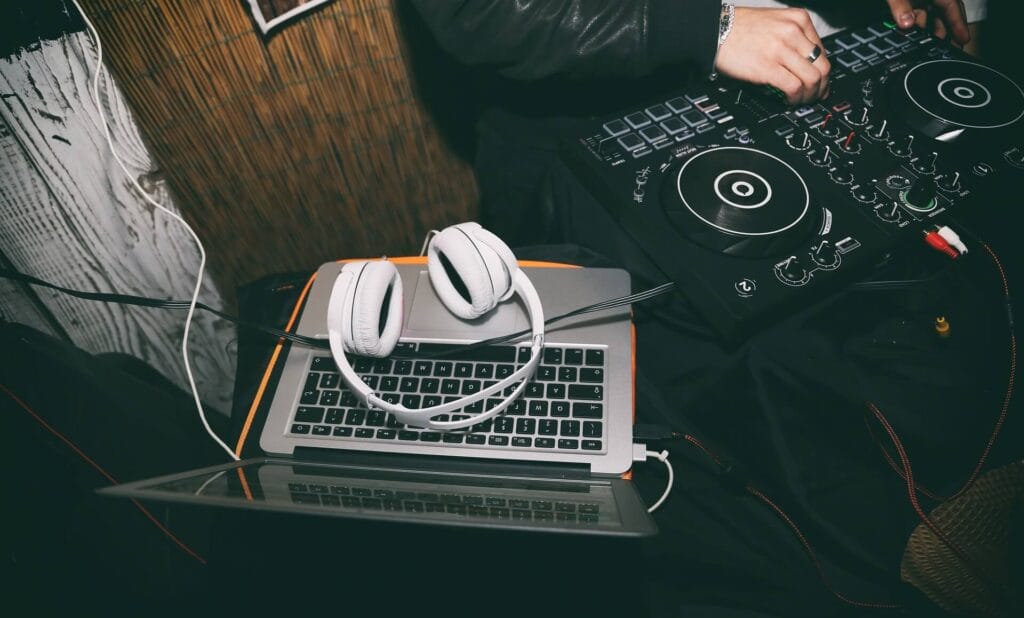Making the right choices when it comes to equipment selection in music is one of the most important steps for any musician, whether you’re just getting started or you’re preparing for your next studio album.
The instruments, accessories, and digital tools you use directly impact your sound, your workflow, and your overall experience with music creation or performance.
In this comprehensive guide, we’ll explore practical tips for smart equipment selection in music, tailored advice for musicians at all skill levels, suggestions for balancing cost and quality, sound-enhancing strategies, and gear ideas by genre.
Whether you’re working in a bedroom studio, performing live, or just starting out, making informed choices can save you time, money, and frustration in the long run.
Equipment Selection In Music For Different Skill Levels
When thinking about equipment selection in music, it’s crucial to consider your current level of experience. Different stages of your musical journey require different tools, and investing too early or too little in gear can affect your growth.
Beginners:
Start with the basics. For guitarists, this might include an entry-level acoustic or electric guitar, a clip-on tuner, and a practice amp or software emulator. For vocalists, a budget condenser microphone and a simple audio interface can go a long way. Simplicity is key; look for gear that is user-friendly and doesn’t overwhelm you.
Intermediate musicians:
Once you’ve built foundational skills, it’s time to upgrade your equipment. Mid-range instruments with better components and more reliable performance become more important. For producers, moving from stock plugins to higher-end synthesizers and drum libraries improves the quality of your music.
Advanced and professional artists:
At this level, your equipment selection in music is driven by tone quality, durability, and flexibility. Investing in signature series instruments, analog gear, or modular setups can help you stand out and expand your sound. Professionals often have multiple setups for studio recording, live shows, and mobile production.
Matching your gear to your skill level not only supports your creative growth but also ensures you’re not paying for features you won’t use.
How To Prioritize Budget Without Compromising Quality
Budget is often the biggest obstacle in equipment selection in music, but it doesn’t have to limit your possibilities. With careful planning and smart purchasing, you can build a reliable setup without breaking the bank.
Here’s how:
Define your core needs: What’s essential right now? For example, a keyboardist might prioritize a controller and sustain pedal over sound libraries at the start.
Buy in phases: Focus first on instruments and interfaces, then expand to peripherals like stands, cables, or plugins.
Choose used gear wisely: Reputable secondhand platforms offer high-quality gear at reduced prices. Check return policies and seller ratings before buying.
Skip the trends: Not every “new release” offers something you truly need. Stick to gear that fits your long-term vision.
Invest in versatility: Choose tools that serve multiple functions. For instance, an audio interface with both XLR and instrument inputs is more future-proof.
Remember, equipment selection in music is not about owning the most expensive gear. It’s about finding the best tools that meet your needs and complement your creative process.
Equipment Selection In Music: Key Factors That Affect Sound
It’s easy to think that talent alone produces great music, but the reality is that your gear plays a huge role in shaping your sound.
When planning your equipment selection in music, it’s essential to understand how different components influence your tone, dynamics, and overall mix clarity.
Instruments:
The wood, hardware, and pickup type on a guitar; the number of keys and touch sensitivity on a MIDI keyboard; or the membrane material on a drum all affect tonal quality.
Audio interfaces:
High-quality interfaces with low-latency performance and quality preamps will preserve the clarity and richness of your recordings.
Microphones:
Choose dynamic mics for live settings or loud sources, and condenser mics for studio vocal or acoustic instrument recordings. Each mic type captures sound differently.
Monitors and headphones:
What you hear influences how you mix. Investing in flat-response monitors or closed-back headphones will help you make better decisions during production.
Plugins and software:
In digital music production, virtual instruments and effects significantly impact your sound. Choose software that fits your genre and workflow.
Proper equipment selection in music helps you craft the exact sound you imagine and allows for consistency across sessions and performances.
Popular Gear Recommendations By Music Genre
One size doesn’t fit all in music. Your genre greatly influences your equipment selection in music, and choosing gear that aligns with your musical style ensures a smoother and more authentic creation process.
Pop/Rock:
Instruments: Electric guitar (Strat-style), drum kit, digital piano
Microphones: Condenser mic for vocals, dynamic for amps
Software: Logic Pro or Cubase, with pop vocal effects presets
Electronic/EDM:
Instruments: MIDI controller, analog or digital synth
Plugins: Serum, Massive, Sylenth1 for synths; Ozone for mastering
Accessories: Studio monitors with strong low-end response
Hip-Hop/Rap:
Gear: Large-diaphragm condenser mic, drum pad controller
Software: FL Studio or Ableton Live
Extras: Audio interface with auto-tune compatibility
Jazz/Classical:
Instruments: High-quality acoustic piano or saxophone mic setup
Microphones: Matched stereo pair or ribbon mics for room acoustics
Software: Sibelius or Finale for notation
Indie/Folk:
Instruments: Acoustic guitar, mandolin, harmonium
Mics: Condenser mic with warm tone
Software: GarageBand or Reaper with acoustic presets
By aligning your equipment selection in music with your chosen genre, you streamline your setup and focus more on creativity and less on troubleshooting.
Equipment Selection In Music: Mistakes To Avoid When Getting Started
For beginners, it’s easy to get overwhelmed and make choices that cost time and money. Being aware of common pitfalls in equipment selection in music can save you from frustration and help you build a setup that evolves with you.
Common mistakes:
Overbuying: Avoid purchasing advanced gear that exceeds your current skill level. Start simple.
Ignoring compatibility: Ensure your gear matches your computer specs, DAW, or other devices.
Choosing based on looks: A stylish guitar might look great on social media, but it’s useless if it’s hard to play or poorly built.
Underestimating acoustics: Even the best microphones won’t sound right in a poorly treated room. Budget for basic sound treatment if recording at home.
Forgetting support and warranty: Buy from brands with good customer support and active user communities.
The goal in equipment selection in music should be to get tools that inspire you and make music creation easier—not more complicated.
In summary, smart equipment selection in music is about understanding your goals, skill level, budget, and genre, then matching those with tools that support your creative process.
Whether you’re building a home studio or preparing for live performances, the right equipment will make your journey smoother, your sound clearer, and your confidence stronger.
See you in the next post,
Anil UZUN


